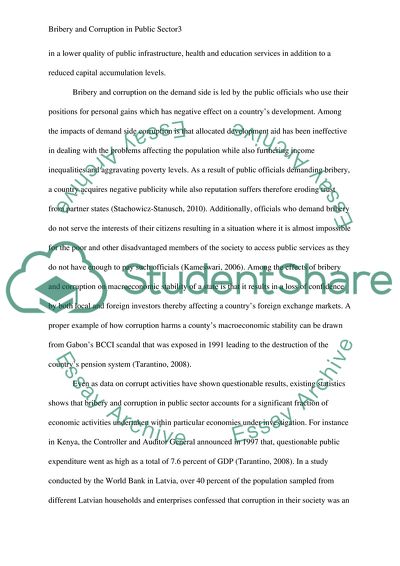Cite this document
(Bribery and corruption Essay Example | Topics and Well Written Essays - 1500 words, n.d.)
Bribery and corruption Essay Example | Topics and Well Written Essays - 1500 words. https://studentshare.org/finance-accounting/1807543-bribery-and-corruption
Bribery and corruption Essay Example | Topics and Well Written Essays - 1500 words. https://studentshare.org/finance-accounting/1807543-bribery-and-corruption
(Bribery and Corruption Essay Example | Topics and Well Written Essays - 1500 Words)
Bribery and Corruption Essay Example | Topics and Well Written Essays - 1500 Words. https://studentshare.org/finance-accounting/1807543-bribery-and-corruption.
Bribery and Corruption Essay Example | Topics and Well Written Essays - 1500 Words. https://studentshare.org/finance-accounting/1807543-bribery-and-corruption.
“Bribery and Corruption Essay Example | Topics and Well Written Essays - 1500 Words”. https://studentshare.org/finance-accounting/1807543-bribery-and-corruption.


